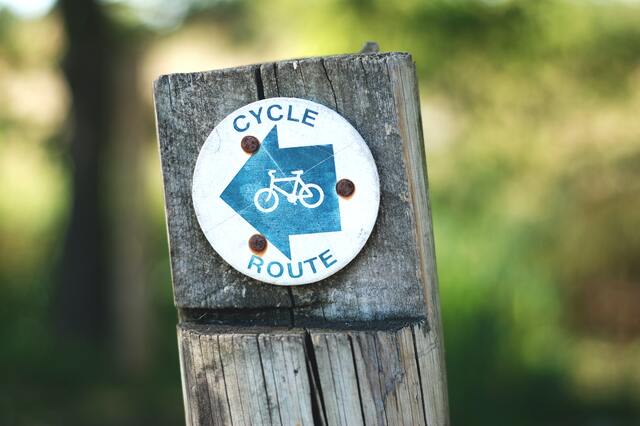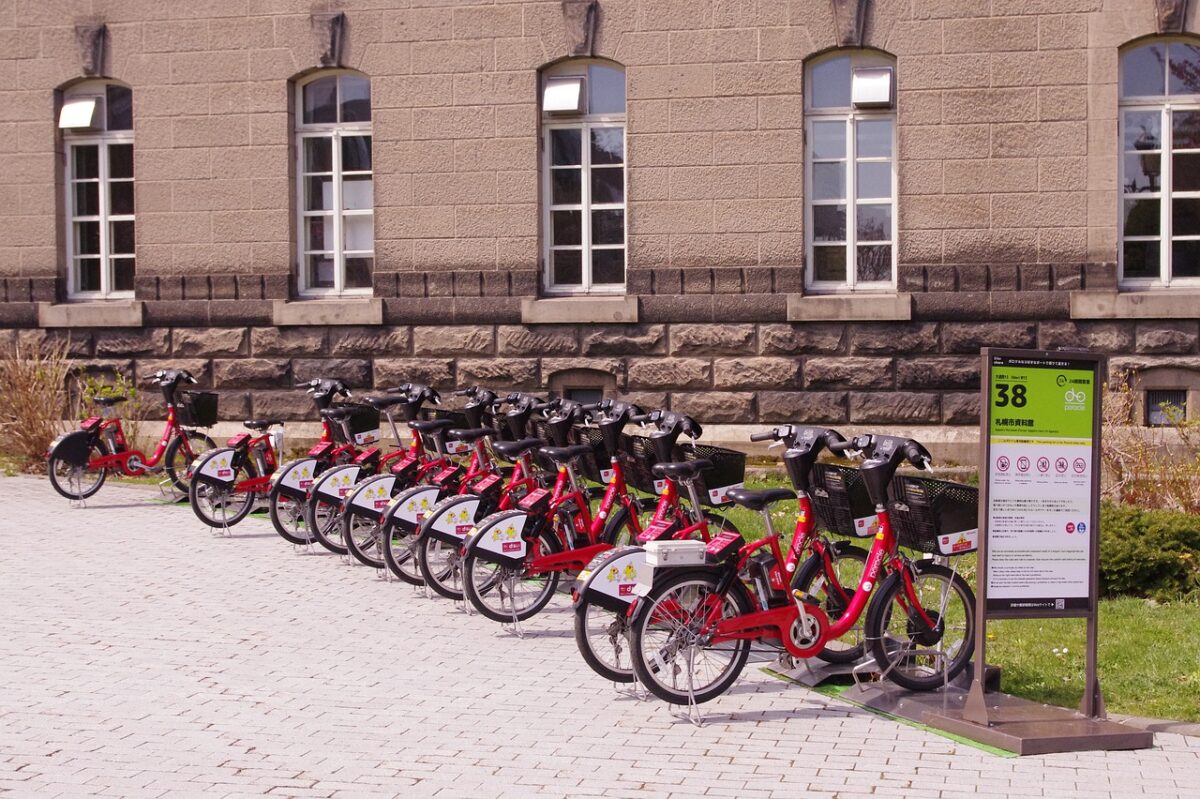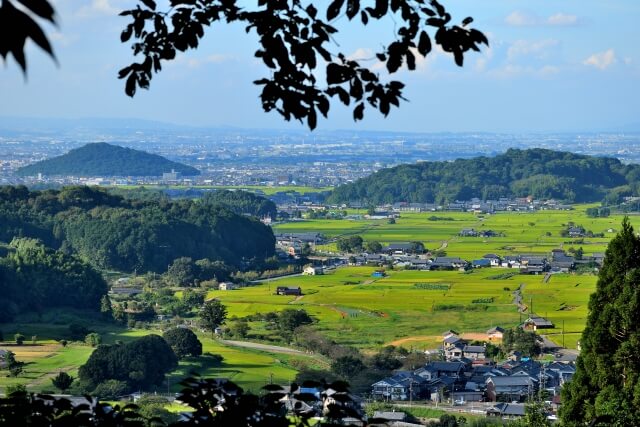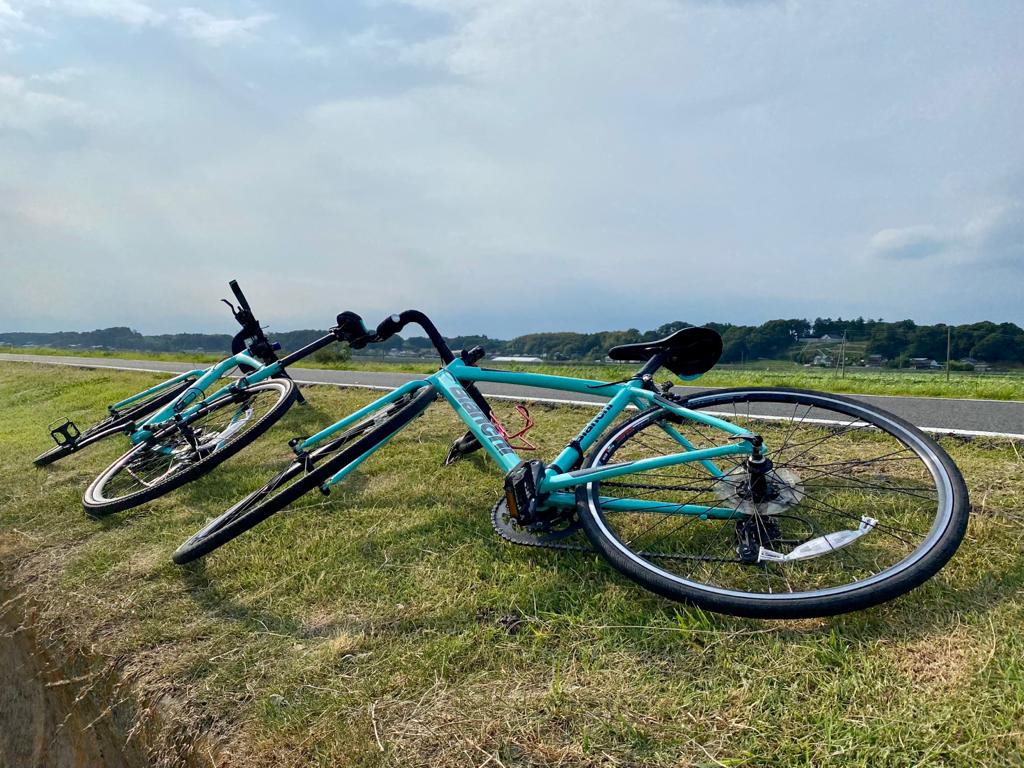As you might know, Japan boasts one of the most accurate and reliable public transport systems in the world. You can always expect trains to arrive and depart on time, of course there can be some exceptions due to unpredictable weather changes or accidents, and frequent departures. In big cities such as Tokyo and Osaka, trains and metro comes every few minutes, so you don’t need to rush to catch the train as the next one will likely come in less than a few minutes. Bus services are also available both in urban areas and remote regions, though they are less frequent and more affected by other traffic.
While these transport options help international tourists to get around the country easily and conveniently, they sometimes get surprisingly crowded. While the Shinkansen generally very comfortable and most seats are reserved, riding a train in the big cities can get very stressful unless you are used to trains or buses packed with passengers. An attractive alternative is to explore Japan by bicycle, which will allow you to travel around the country while avoiding rush hour trains and buses. Despite the county’s mountainous landscape, cycling is a great way to get around in Japan. Here is a complete guide to helpful tips and how to rent a bike in Japan for international tourists!
Cycling in Japan
Bike rentals and costs
Whether you travel to big cities or peaceful remote islands, bike rental is probably the best way to explore Japan. There are countless numbers of bike rentals and hires that can be found across the country. In general, renting a basic bike will cost around ¥800~¥1,500 per day, and you can sometimes upgrade to better options including e-bike for an extra charge. The cost may vary depending on where you visit, as it could be a little higher in big cities compared to other remote regions. You may also be required to show your identification such as driver’s license or passport to rent a bike.
Wearing a helmet
Wearing a helmet while riding a bike is not mandatory in Japan, but highly recommended especially when cycling on busy roads in big cities. Helmet rental is also widely available for cyclists at famous cycling destinations such as Shimanami Kaido.

Bike lanes
When you ride a bike in Japan, make sure to use bike lanes or bike paths whenever possible. If you travel somewhere where there are no bike lanes or designated cycle roads, you need to ride on the left side of the roads along with cars. In Tokyo but also in other popular cycling areas, you will see blue marks on the left side of the road indicating the bicycle lane. When you want to cross the road to the right, you first have to go straight and then wait for the lights on the left side to turn green. It is not allowed to use the car lane to turn right at the same time!
Try bike sharing
In Japan, bike sharing is also getting more popular these days, particularly in big cities bike sharing initiatives are gaining increasing. Docomo bike share service is one of the most popular ones which boasts a large number of bike sharing locations across Japan. You can rent a bike at any of their bike stations, and return it whenever is convenient for you. To make use of this service, you’ll need to apply for a 1-day pass online or download the app and connect it you your IC-card.

Best cycle routes in Japan
From a world-famous metropolitan city, to a remote scenic cycling trails, Japan is home to a great number of cycle spots. Each cycle spot boasts unique tourist attractions, spectacular landscapes, and unforgettable cycling experiences waiting for you.
1. Cycling in Tokyo
Explore Japan’s most popular tourist destination full of incredible spots and exciting experiences by bike! Bike lanes are widely available which conveniently takes cyclists to famous tourist attractions while avoiding crowded trains or buses. Popular bike sharing services include Docomo bike share, COGICOGI and PIPPA.
Popular cycling spots in Tokyo
- Asakusa
Asakusa is one of the most popular tourist attractions in Tokyo, home to the iconic Sensoji Temple, Nakamise-dori Shopping Street, Japan’s oldest amusement park, and modern entertaining spots! - Showa Kinen Park
Showa Kinen Park, the largest park in the Tokyo area, features a 11km refreshing cycle path surrounded by nature and seasonal flowers. It is one of the best park in Tokyo, and what’s even better: bike rental is conveniently available for free!


Recommended cycling tours Tokyo
▶ 3-hour Tokyo E-bike Tour
▶ Tokyo West Side Food and Cycling Tour
2. Cycling in Kyoto & Nara
Keinawa Cycling Road is a newly opened bike route which stretches approximately 180 km across the three prefectures of Kyoto, Nara and Wakayama in the Kansai Region. Start your journey from the Arashiyama area, which is one of the most scenic spots in Kyoto with an incredible bamboo groove and the iconic Togetsukyo Bridge. Travel down to Nara prefecture where you will be able to explore historic spots and sacred Buddhist temples such as Todaiji Temple, which dates back over 1,000 years of history!
Another popular well known cycling destination in the area is Asuka. The region has a long history and you can enjoy the rural landscape with beautiful rice terraces alongside some ruins and temples. Asuka is a great day trip from Nara or Kyoto.

3. Cycling around Lake Kawaguchi
If you are planning to visit Mt. Fuji, the tallest mountain in Japan, Lake Kawaguchi is probably a perfect cycling spot for you! This scenic lake is widely known as the second largest among Fuji Five Lakes (called Fuji Goko in Japanese) which lie peacefully at the northern base of the iconic mountain. It takes about 3 hours to cycle around the beautiful lake which is home to stunning nature spots including cherry blossoms in spring and autumn colors in fall. You can also take a short break at cozy cafes and lovely restaurants, or head to Mt. Fuji Panoramic Ropeway which offers stunning views of Mt. Fuji and surroundings. The flat course around Lake Kawaguchi is one of the best places in Japan for cycling.
▶ Mt. Fuji Highlight Private Walking Tour (7 Hours)
4. National Cycle Route
The National Cycle Route is a group of government designates cycling routes that meet certain standards both concerning the scenic views and the routes themselves. They are the best cycling routes in Japan that will also offer you the opportunity to taste local products, explore sightseeing spots, and other attractions along those routes.
1. Shimanami Kaido
Shimanami Kaido is one of the most famous cycling trails in Japan which runs between Imabari in Ehime prefecture and Onomichi in Hiroshima prefecture. This scenic route stretches approximately 80 km, and it connects the main island of Japan and Shikoku region through six small islands of the Seto Inland sea with 7 massive bridges. Each bridge features lanes for automobiles, cyclists and even pedestrians, making it a popular tourist attraction for everyone. Officially chosen among the world’s best 7 cycling routes by CNN in 2015, it is visited by numerous cyclists from all over the world. Onomichi U2 is a complex facility which offers not only cafes, restaurants and gift shops, but also a comfortable accommodation for cyclists. You can park your bike in your room and each room is equipped with a bike rack!

2. Biwaichi
Lake Biwa, just north of Kyoto, is the largest lake in Japan, and offers a 200-km cycling route that goes in a loop around the lake. You can technically cycle the loop in one day, but it is recommended to take 2 or 3 days. There are lots of cyclist-friendly facilities nearby, and it’s also possible to go camping near the lake. Along the route you will encounter some beautiful scenic views, Torii gates and even a beautiful castle.

3. Tsukuba-Kasumigaura ring-ring road
About 1.5 hrs north of Tokyo by train, Lake Kasumigaura forms the main stage for the Tsukuba-Kasumigaura ring-ring road. The 176k-km long trail connects Mount Tsukuba to the lakeshore loop of Lake Kasumigaura. There are several places to rent high-quality road bikes and plenty of restaurant to take a break.

While bike rentals and cycling travel are getting more popular in Japan these days, it is still sometimes difficult to find bike lanes especially when you travel to some areas away from big cities. You should also remember that Japanese roads are generally narrow and traffic rules might be different from what you have back in your own country. Make sure to do some research on the cycling rules and availability of bike roads of your destination before you leave, which will help you enjoy a cycling experience in Japan safely!
Follow us on Instagram, Facebook and Twitter for more travel inspiration. Or tag us to get featured!
Happy travelling!
Other articles you might enjoy

Miho Shimizu is a Japanese freelance writer settled in Shizuoka with her husband and two rabbits. Fascinated with travelling at the age of 18, she has spent most of her long holidays exploring incredible spots around Japan. Also love to listen to music, draw, and read novels over a cup of green tea.
This post may contain some affiliate links. When you click through and make a purchase we may receive some commission, at no extra costs to you.





